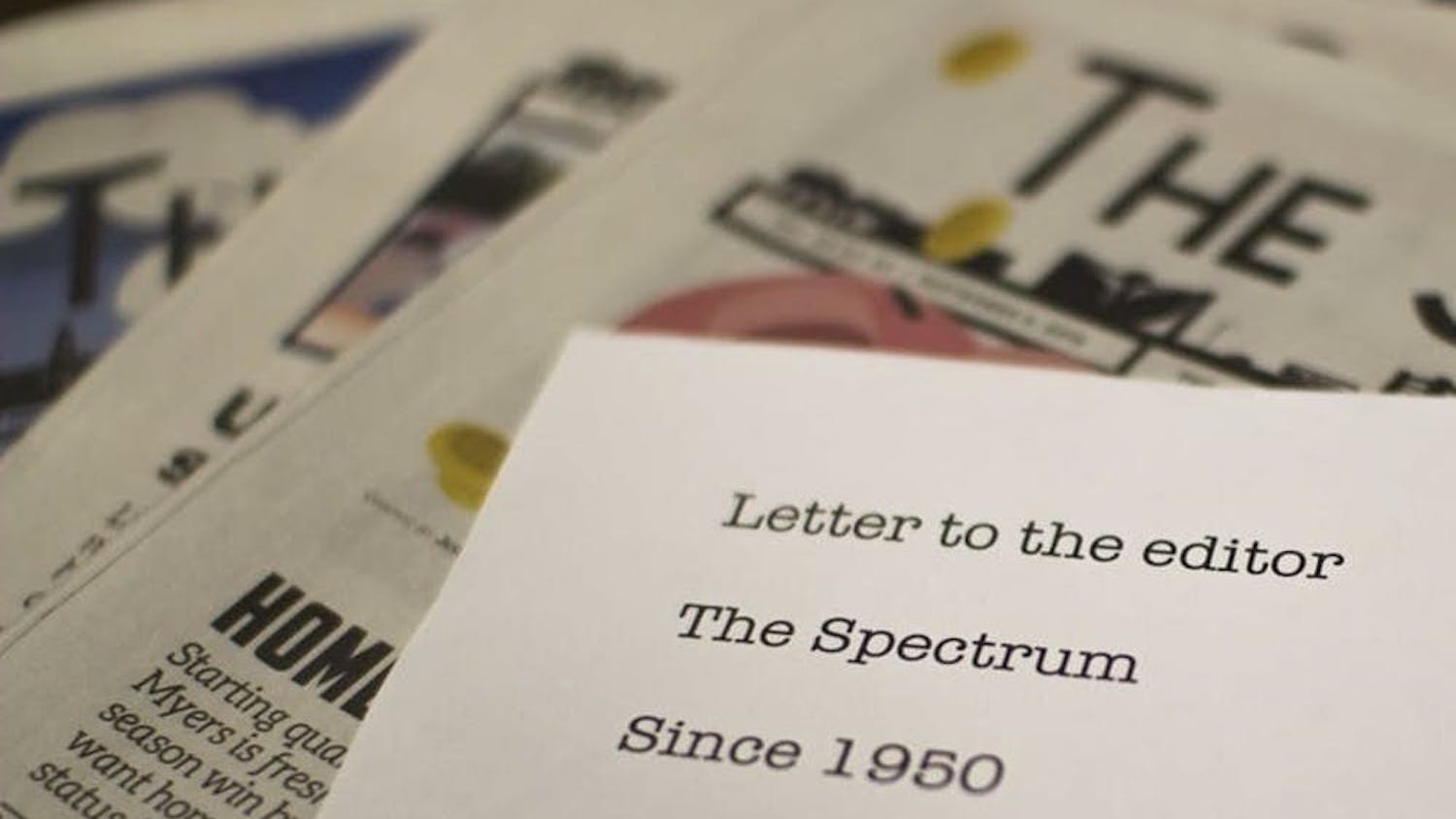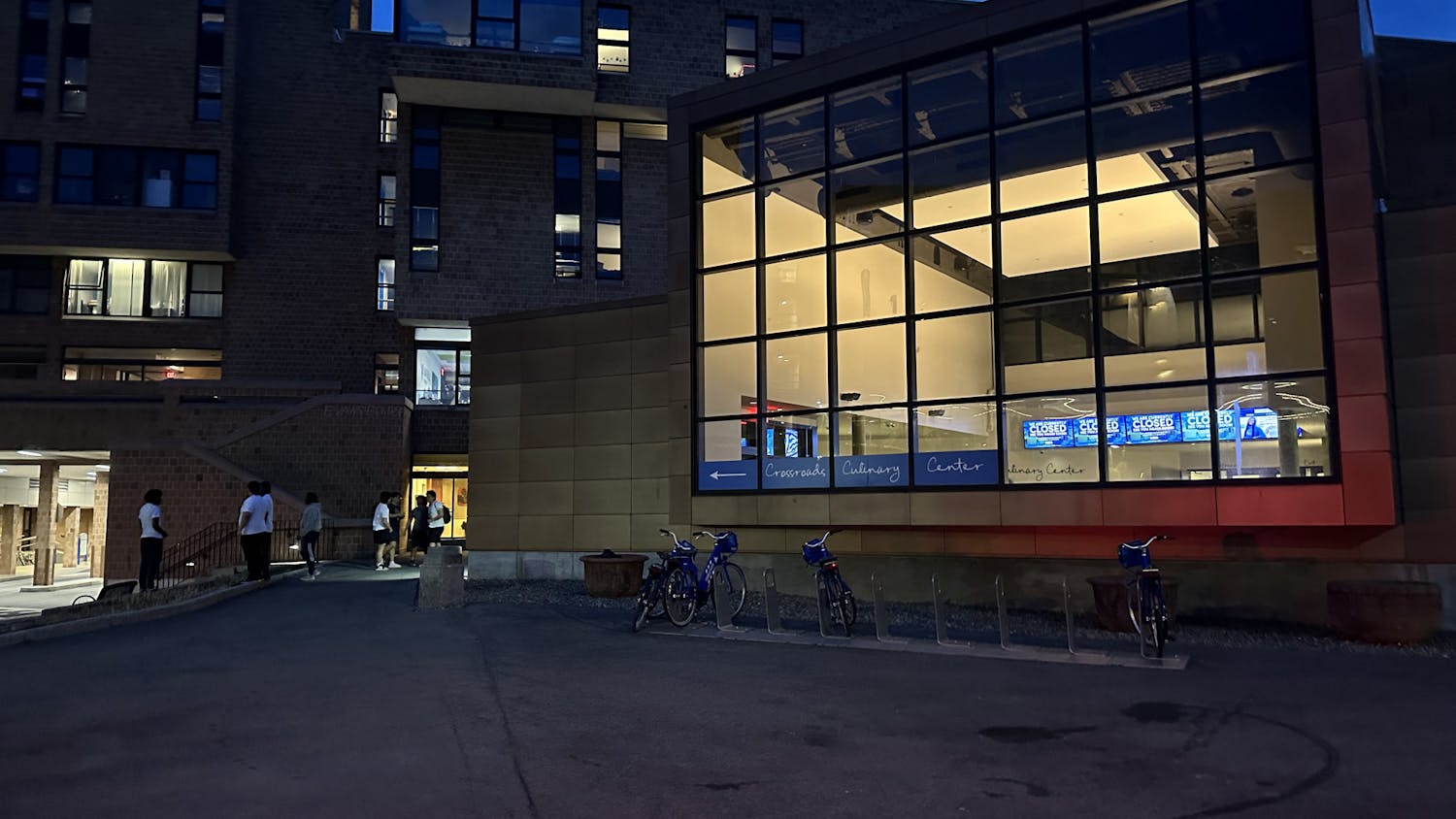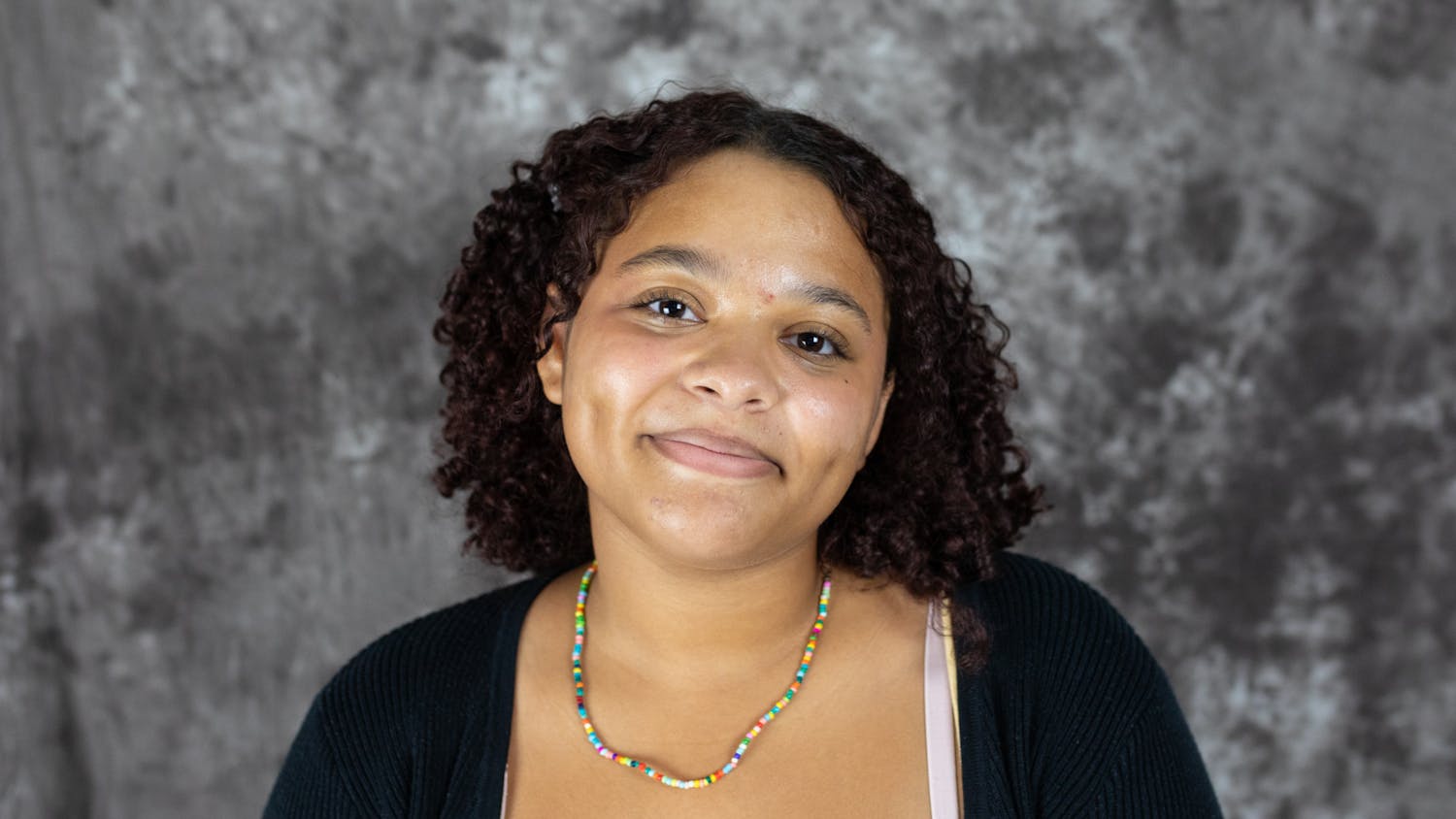 Arbeit Macht Frei. “Work Makes you Free.”
Arbeit Macht Frei. “Work Makes you Free.”
I stared at the 76-year-old metal gate taking in those infamous words and tried to prepare myself for what I was about to walk into.
The temperature seemed to drop as soon as I stepped into the daunting open field at Sachsenhausen Memorial and Museum concentration camp, which was used by the Nazis from 1936 to 1945, and the Soviets until 1950. The Berlin sun had been abundant and warm. Now suddenly it was dim and scarce.
Several hours earlier, I had looked at the weather app on my phone and it predicted a sunny, 48 degrees. I put on a thin shirt and a pair of Tom’s, opting to not wear socks with them. To me, 48 degrees and sunny was as close to a spring day in Berlin as I was going to get.
Standing in the middle of half a mile of nothing but dead grass and pavement, the Siberian breeze became a constant reminder of my poor decision to dress for spring during the middle of January in Germany.
As I silently cursed myself during what felt like the one hundredth sharp breeze in a row, I began to listen to the story the tour guide was telling us.
Seventy-three years ago on the spot I was standing, Nazi guards forced hundreds of prisoners to stand outside wearing only thin cotton jumpsuits and meager wool coats for 13 hours. Dozens died of cold.
My stomach knotted up. I felt spoiled and disgusted that I had spent the first 10 minutes in a former concentration camp concerned with an outfit mistake. Soon, I would be warm unlike those who stood in that very spot so many years ago.
The Nazis are responsible for 11 million deaths during the Holocaust.
About 30,000 people were murdered in Sachsenhausen, a forced labor camp for Jews, homosexuals, asocials, Jehovah’s Witnesses and communists. Besides being a forced labor camp, Sachsenhausen was used as a test camp where the Nazis assessed the most efficient ways of killing prisoners.
The Nazis built 20,000 camps, according to the United States Holocaust Memorial Museum. Some were forced labor, like at Sachsenhausen. Others were transit station camps, while the most notorious like Auschwitz, Belzec and Dachau were used as extermination camps.
Today, 20 camps still stand and are being preserved as museums or monuments, according to the Jewish Virtual Library.
There were so many moments I caught myself needing to take a moment and just breathe.
Everything I was learning while standing in the confines of the camp was slowly breaking me.
There is a track where prisoners were forced to test out boots worn by the German army on different surface types. They ran for hours, wearing 30-pound backpacks. Prisoners who were made to do this for days at a time died from exhaustion.
I felt myself tear up as I stood on what remained of the track, finding it difficult to fully grasp what happened below my feet decades before.
There are the ruins of the gas chambers, where Nazi officers tested how much gas they needed to kill people. They wanted to be as efficient as possible, using as little gas as possible, our guide explained. They used the results of the Sachsenhausen tests at other camps.
Perhaps the most chilling section was the medical facility, where doctors did tests on patients. Some patients went into another facility to have their height and weight measured. Our class stood before two measuring sticks nailed side by side with a small opening between them. Nazi guards made prisoners line up against these, our guide said. While one guard stood in front pretending to take the height, behind the prisoner, another guard pointed a gun into a hole and shot. The shot was precisely at the prisoner’s neck.
The Nazis used the two guards on purpose. They were worried about the psychological effect killing so many people would have on their guards, most of whom were in their 20s. To preserve the sanity of their guards, the Nazis made sure the guard who did the killing did not see or talk to the prisoner.
I felt sick hearing this. The Nazis knew how morally flawed their regime was. Yet they did it anyway.
We were only there for a few hours, but I was exhausted when we left. I left the camp feeling depressed and emotionally drained, but also with the conviction of how important preserving Sachsenhausen is.
In Berlin, numerous museums display quotes about the need to preserve history and never to let the horrors of the past happen again. I felt that at Sachsenhausen.
The day I arrived back in Buffalo, I sat in my room and unpacked my suitcase. I pulled out the pair of Tom’s that had caused me so much discomfort at Sachsenhausen.
The khaki-colored fabric was spotted with dirt from walking through the camp. I looked at the shoes for a few moments, remembering how immediately after hearing the stories about the prisoners who had lost their lives I stopped thinking about how cold my own feet were.
Whenever I slip on my Tom’s, I will think about Sachsenhausen and what happened there. Since coming back home, I’ve caught myself complaining about petty things, or getting upset over little problems. Whenever I realize I’m doing that, I remind myself what I saw and the stories I heard while in Sachsenhausen, and I realize that my problems are nothing to complain about.
email: features@ubspectrum.com





